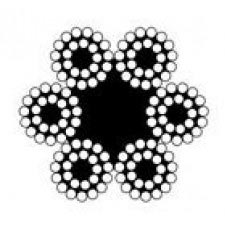
Although there are professions that are more dangerous than material handling (using overhead cranes and hoists) the profession is by no means safe. Being a police officer or firefighter often puts individuals in dangerous situations that they cannot control, whereas crane handlers can greatly reduce the danger they and others can experience. Of course, there are fluke accidents outside of anyone's control, but for the material handling industry, accidents are mostly caused by human error.
The most common hazards that people in the material handling industry experience includes:
Crane Overloading is the number one issue for crane failure, and it is also the most preventable one. All rigging supplies and gear have ratings for weight they can carry. There is never a reason to exceed those ratings.
Dropping Loades – dropped loads often break or crush other items or people. Loads get dropped when they are not loaded correctly. According to OSHA, people should never work underneath a crane for any reason.
Electrical Hazards- it is important to ensure that electrical wires are not near the path of lifted materials. Materials inside cranes are sometimes highly conductive, which in a worst-case scenario can cause fatal electrocution. It is the obligation of the crane operator to be aware of electrical lines.
Being smart about what gear is used, and how, is the best way to maintain the highest levels of safety and performance. All crane operators need to be fully up to date on all new/updated OSHA regulations, as well as being fully certified.
RELATED READING: